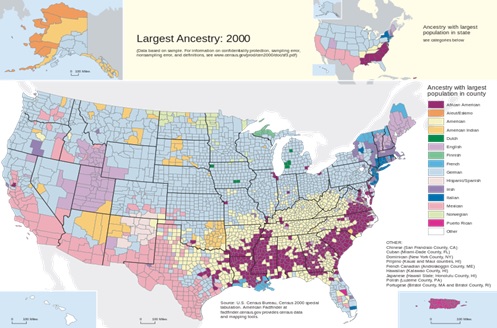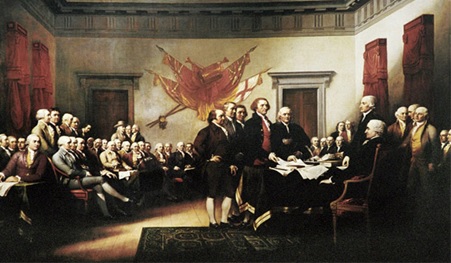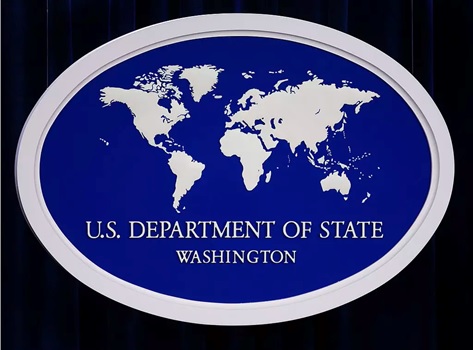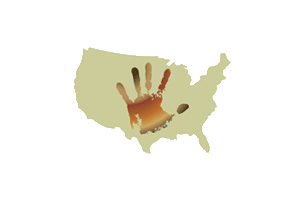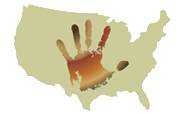
When the National Museum of the American People is built, one of its central components will be a Center for the Advanced Study of the American People. It is envisioned as a major scholarly institution associated with the Museum.
The Center would consist of a core group of eminent scholars that focus on a broad range of facets relating to the history of the making of the American People from first humans in the Western Hemisphere through today.
In addition to in-house scholars we anticipate that major scholars, university programs and research institutions across the nation and the world will also be affiliated with the Center’s efforts to research all aspects of the history of the American People. It would also sponsor a scholars-in-residence program.
In addition to conducting and supporting research, the Center could publish a scholarly journal and relevant articles. It will sponsor seminars, conferences, workshops, courses and lectures to advance knowledge in this field.
A grant program operated by the Center would support scholarly research programs across the nation. In addition, the Center will serve as a liaison with researchers in other nations exploring some element of the story about the making of the American People.
Other scholarly pursuits would include the collection and review of archival materials worldwide. A logical project for the Museum would be the publication of an online Encyclopedia of the American People that would include exhaustive information available to anyone wishing to access it. This publication could take the form of an update of the Harvard Encyclopedia of American Ethnic Groups that was published in 1980.
The Center will also coordinate with and support other elements of the Museum, including the curators of the permanent, special and traveling exhibitions, the genealogical center, the archive and library, the education resource center, the film center and the public programs department.
We will be discussing other components of the National Museum of the American People in future blogs.
This blog is about the proposed National Museum of the American People which is about the making of the American People. The blog will be reporting regularly on a host of NMAP topics, American ethnic group histories, related museums, scholarship centered on the museum’s focus, relevant census and other demographic data, and pertinent political issues. The museum is a work in progress and we welcome thoughtful suggestions.
Sam Eskenazi, Director, Coalition for the National Museum of the American People



 This blog is about the proposed National Museum of the American People which is about the making of the American People. The blog will be reporting regularly on a host of NMAP topics, American ethnic group histories, related museums, scholarship centered on the museum’s focus, relevant census and other demographic data, and pertinent political issues. The museum is a work in progress and we welcome thoughtful suggestions.
This blog is about the proposed National Museum of the American People which is about the making of the American People. The blog will be reporting regularly on a host of NMAP topics, American ethnic group histories, related museums, scholarship centered on the museum’s focus, relevant census and other demographic data, and pertinent political issues. The museum is a work in progress and we welcome thoughtful suggestions.
